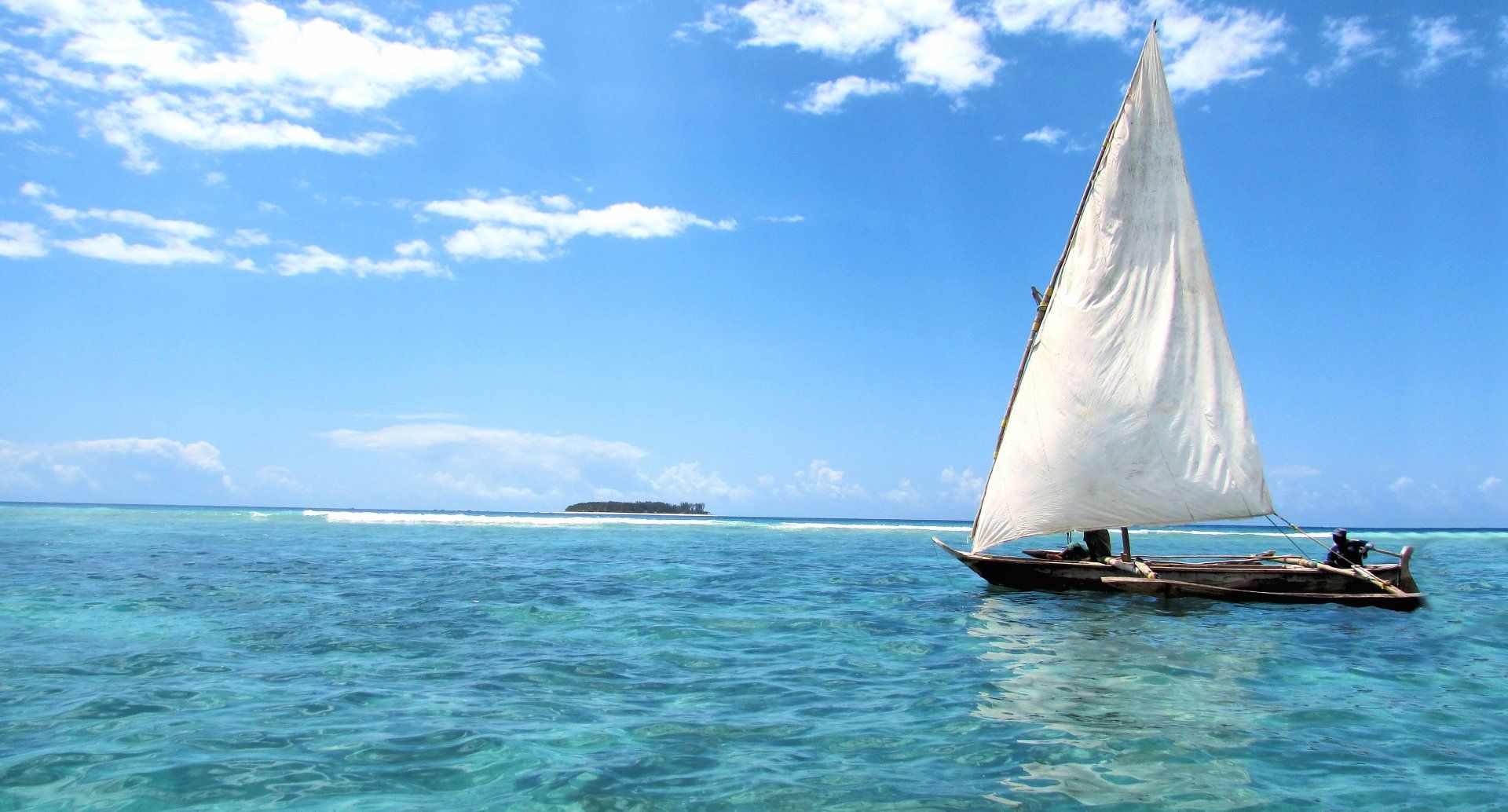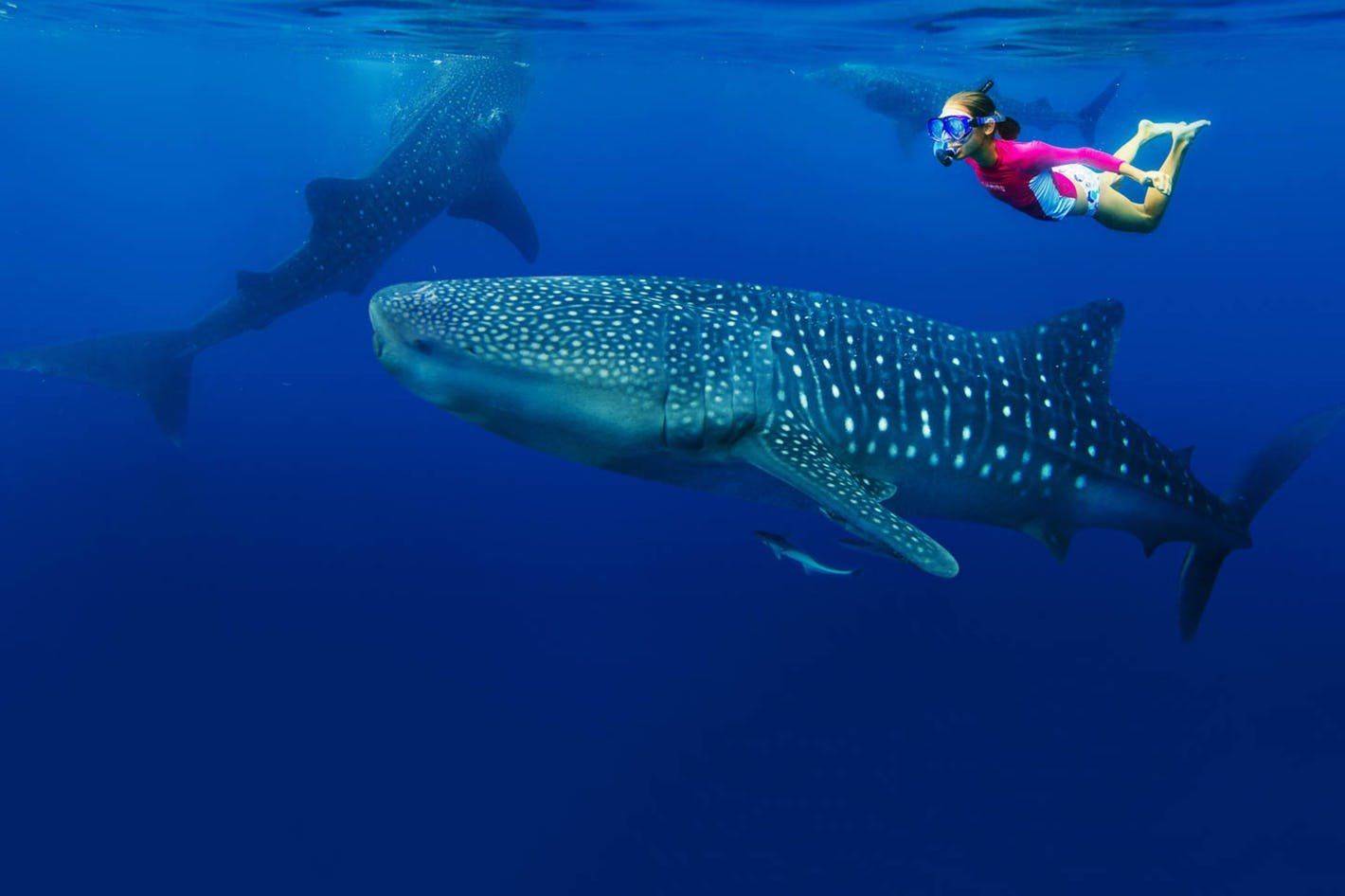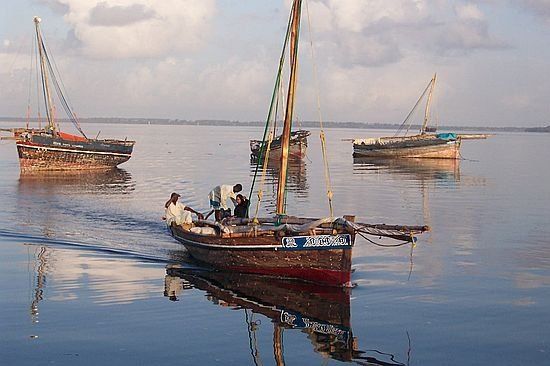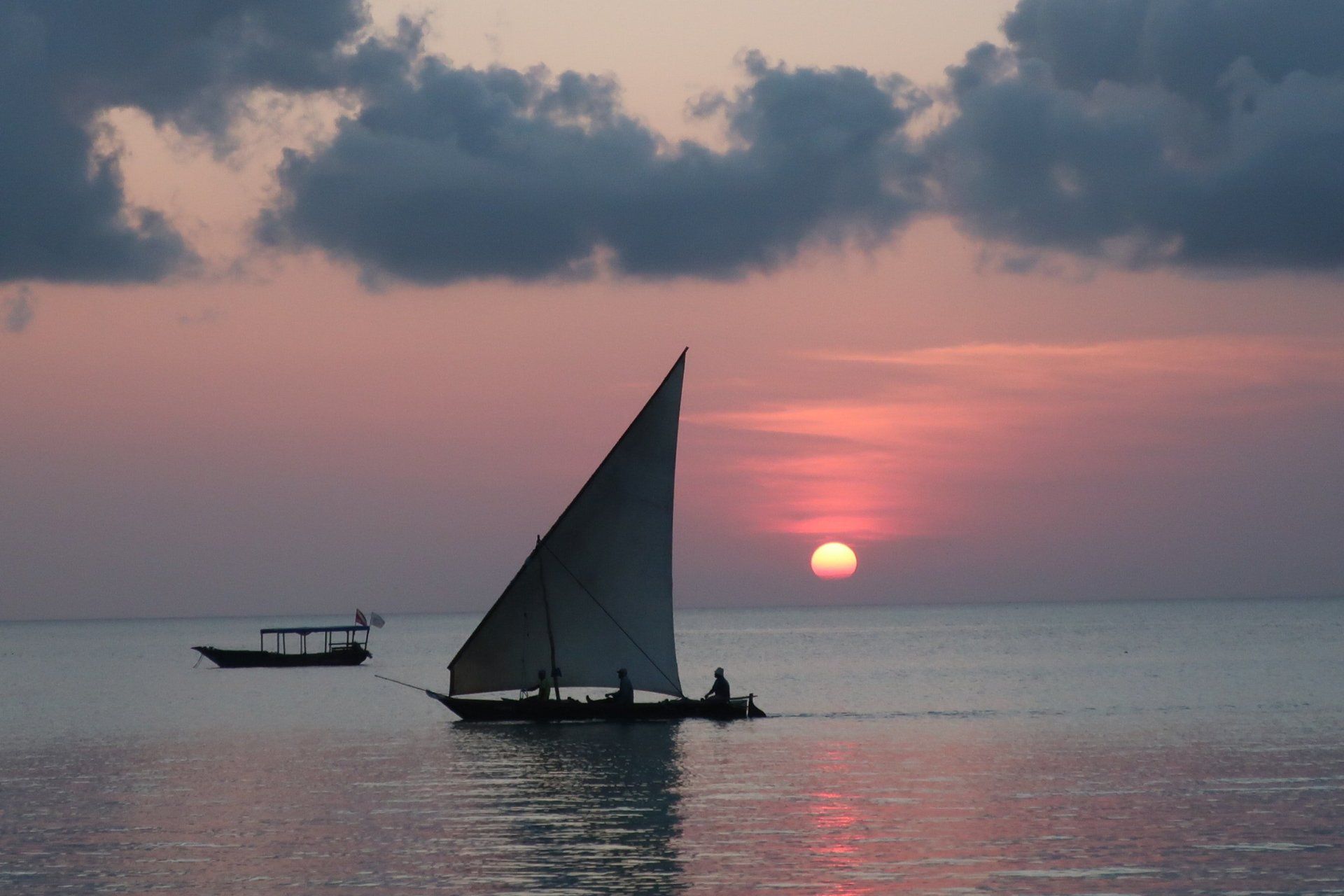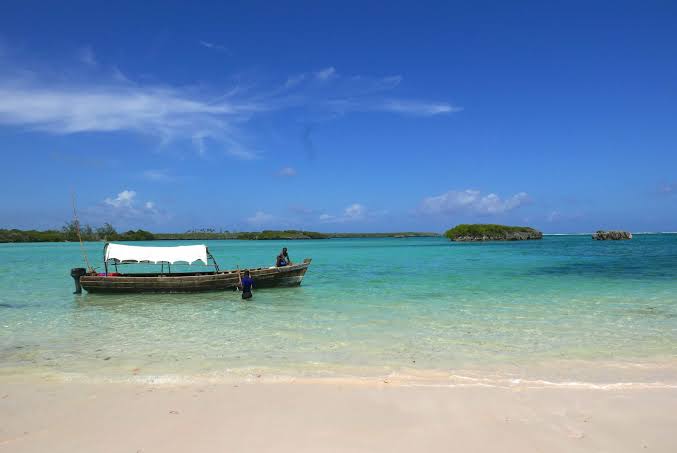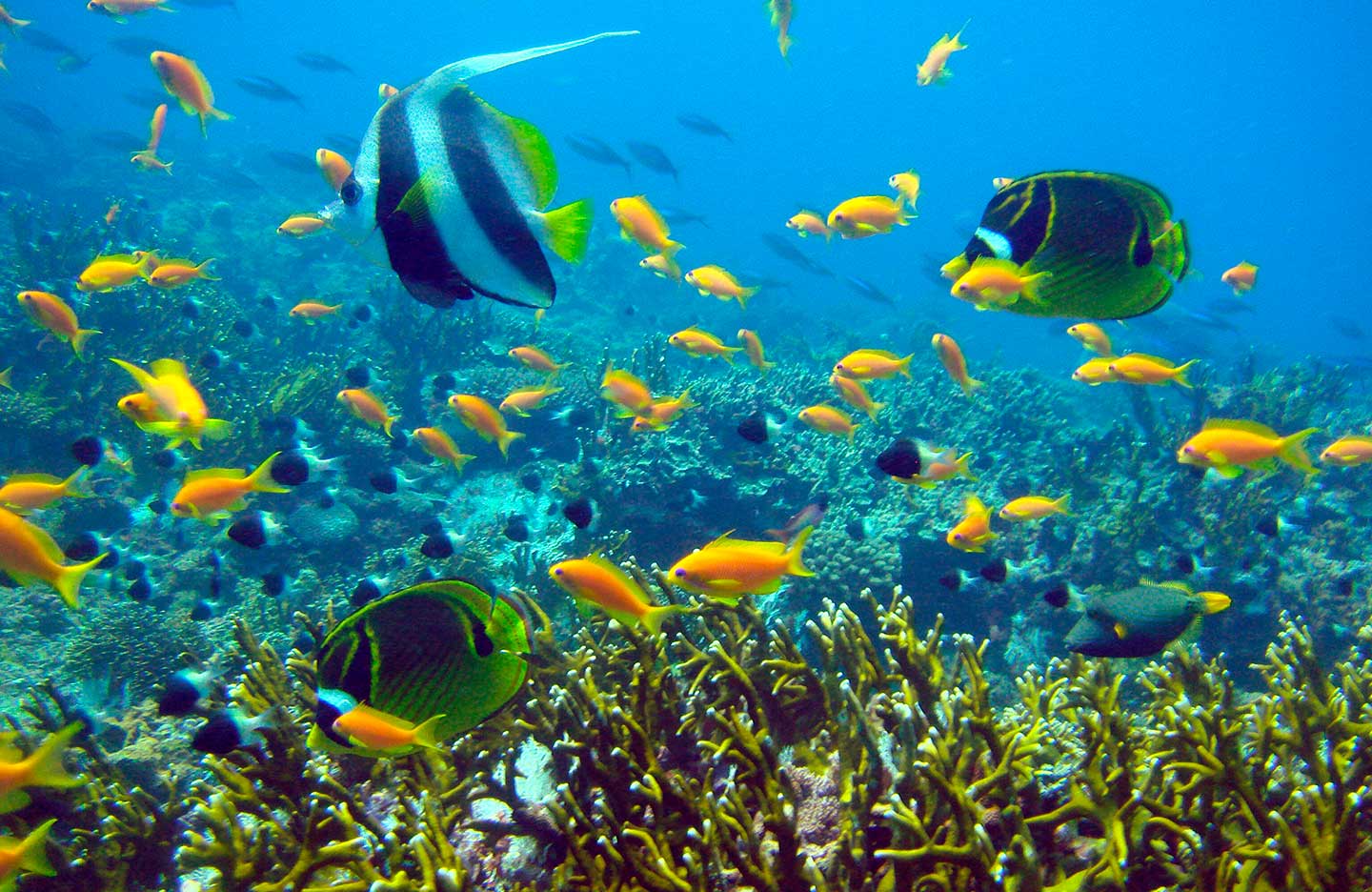TANZANIA COASTAL CIRCUIT
ZANZIBAR ISLAND
Zanzibar is an island steeped in culture and history – a destination which brought adventurers, seafarers and traders from far and wide. The Zanzibar archipelago is set in the Indian Ocean comprising of the larger islands of Pemba and Unguja (also called Zanzibar Island). Zanzibar is known as the ‘Spice Island’ due to the delicious variety of spices grown on the island’s many plantations.
Stone town, a World Heritage Site, boasts a labyrinth of winding alleys, bustling marketplaces, beautifully carved wooden doors, breath-taking mosques and grand Arab residences. Another must-see attraction in Zanzibar includes the Jozani Forest Reserve – home to the rare Kirk’s red colobus monkey and Aders’ duiker. Off the north-eastern coast of Zanzibar is Mnemba Island – an idyllic private island featuring luxurious accommodation, breath-taking scenery and rich marine diversity.
Beach areas vary according to your position on the island:
- On the East coast at low tide it forms a wide band of white that runs out to the seaweed farms and finally, to the deep-water channel and the barrier reef. At high tide, the waves come right up to the edge of the palm-covered land.
- Up North, azure waters and white sands awaits you. Here there is no real difference between high and low tide.
- The West coast offer small beach areas and exceptional sunsets!
No matter what beach you choose, you can indulge in the relaxed island atmosphere typical of the spirit of Zanzibar!
PEMBA ISLAND
Separated by the Pemba channel from its larger sister, Zanzibar to the south, the small island of Pemba is part of the Zanzibar archipelago of islands. The main town of Chake sits right in the heart of the main island and is the location for the small airport and around 70% of the island’s population. Life has changed very little in this town and on the island, with the main agricultural export being cloves. The shoreline is fringed by dense mangrove forests, home and nursery for many maritime creatures, alternated with pristine white, dreamy beaches, framed by coconut forest. Appealingly, the traveller will find only a minimum number of tourists sharing this unique experience. Pemba cloves are said to be the world’s best and a spice tour is a must. Apart from cloves, the people of Pemba farm with cinnamon, ylang-ylang, lemongrass, nutmeg, and other spices.
MAFIA ISLAND
A paradise for snorkelling, diving, fishing and other aqua marine adventures. This sleepy island is an ideal place for a honeymoon or just to relax and unwind. Mafia island is a wonderful little island at the centre of the largest marine park in East Africa. It is an unspoiled, uncommercial, timeless island, where local people go about their traditional business, apparently completely detached from the outside world.

